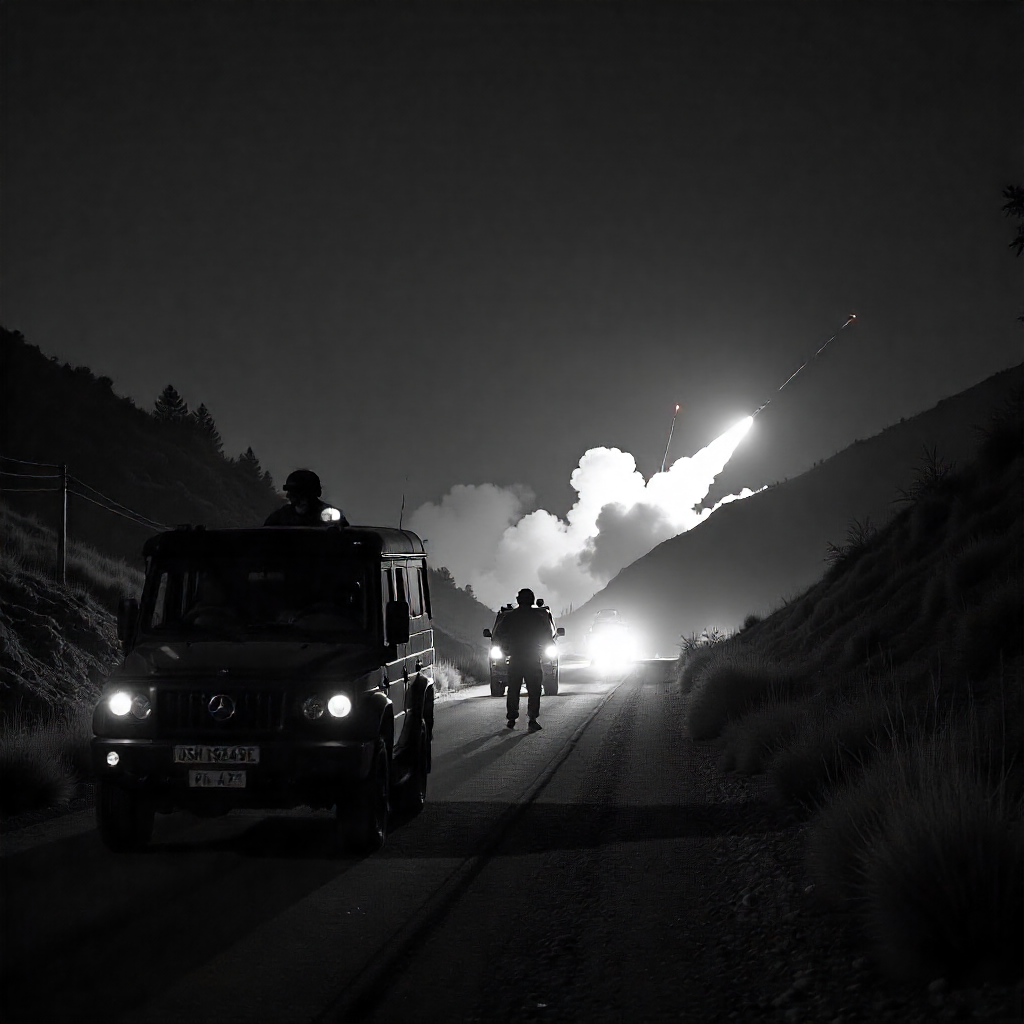Fears of a broader regional conflict have intensified amid renewed exchanges of fire between Israel and Hezbollah along the Lebanon Israel border. Although neither side appears willing to ignite a full scale war, mounting clashes signal a dangerous escalation potential.
The Renewed Confrontation
Border hostilities escalated following recent Israeli strikes on Hezbollah strongholds, which the group categorically sanctions. In turn, Hezbollah retaliated with rocket and drone fire targeting Israeli military positions close to the Blue Line border demarcation monitored under UN Security Council Resolution 1701 (Globedge, CSIS).
Since October 2023, more than 4,400 violent incidents, including rocket attacks and cross border fire, have occurred between Israel and Hezbollah from Lebanon and Syria (CSIS).
Intentions vs. Escalation Risk
While Hezbollah’s leader Hassan Nasrallah has not ruled out further attacks, the group continues to deny official responsibility for many skirmishes and often frames its actions as defensive or symbolic (AP News). Analysts caution the current standoff could spiral due to miscalculations rather than deliberate war plans especially amid instability in Syria and increased weaponization in southern Lebanon (cfr.org).
Israel, in turn, views Hezbollah’s near border deployment and repeated use of anti tank guided missiles, frequently launched from within the UN monitored buffer zone, as a clear escalation and violation of ceasefire terms.
Capability Degradation and Strategic Shifts
Over the past year, Israel’s targeted intelligence and air campaigns have eliminated key Hezbollah figures most notably commander Fuad Shukr and degraded their rocket arsenals significantly (setav.org). Reports suggest Hezbollah is under pressure to scale back armed capabilities, both due to Israel strikes and political isolation, while Lebanon’s government faces increasing U.S. insistence to formally commit to disarmament as a precondition for progress in diplomatic talks (reuters.com).
Yet Hezbollah retains a sizeable force of over 100,000 fighters and a reservoir of conventional armaments posing an enduring threat if reorganized or rearmed with Iranian support (palestinechronicle.com, cfr.org).
Role of UNIFIL and Regional Dynamics
The UN Interim Force in Lebanon (UNIFIL) has maintained a buffer presence since 2006 to monitor the ceasefire and deter escalation. Its presence is critical, but its restraint has drawn criticism after effectiveness lapses during Israeli operations in southern Lebanon (newarab.com). A Lebanese Syrian border dynamic adds complexity; clashes involving Hezbollah linked actors along that frontier may further destabilize Lebanon and complicate UNIFIL’s mission (en.wikipedia.org).

Why Escalation Could Happen
- Miscalculation over weapon transfers or clashes in Syria could spark retaliation from either side.
- As Iran’s proxy in Lebanon, Hezbollah may act to support Iranian objectives if under pressure elsewhere despite being weakened.
- Domestic pressure within Israel to secure its northern border could drive leaders to pursue harsher military action.
- Lebanon’s government remains divided over Hezbollah’s role, and reluctance to disarm risks triggering further Israeli strikes (CSIS, cfr.org).
Current Outlook & Stakes
For now, both sides appear deterred from triggering a full-scale war. Hezbollah continues limited fire but avoids major confrontation, while Israel conducts targeted strikes to degrade capability without opening a new front. But analysts note that preservation of deterrence is fragile: underestimating risks, pushing ceasefires too hard, or failing to engage diplomatically could unravel stability in Lebanon and Lebanon’s buffer zones (washingtoninstitute.org, cfr.org).
The involvement of the United States remains key. Washington has signaled that it expects Lebanese cabinet commitment to Hezbollah disarmament before resuming negotiations to halt Israeli strikes or troop deployments a move Israel resists unless governance in southern Lebanon changes (reuters.com).
Without robust diplomatic frameworks, escalation risks remain high especially given the broader distortions of the Gaza war, Iran’s regional posture, and shifting alliances across the Gaza, Syria, and Lebanon theaters (gmfus.org, cfr.org).
Summary
Renewed Israel Hezbollah clashes along the Lebanon border highlight deep volatility in the wake of the Gaza conflict. While neither side appears to desire full-scale war, miscalculations driven by weaponized posturing, ceasefire violations, and regional pressure make further escalation plausible. International actors, particularly UNIFIL and the U.S., face critical pressure to rein in hostilities or risk larger conflagration.

